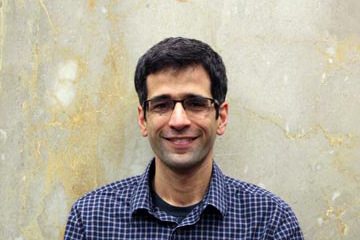
Geospatial impact evaluation of a low-cost agricultural intervention for enhancing environmental resilience
Date Published
Jun 10, 2025
Authors
Pratap Khattri, Rachel Sayers, Kunwar K. Singh, Ryan Slapikas, Chet Bahadur Tamang, Dinee Tamang, Brad Sagara, Ariel BenYishay
Publisher
International Journal of Applied Earth Observation and Geoinformation
Citation
Khattri, P., Sayers, R., Singh, K. K., Slapikas, R., Tamang, C. B., Tamang, D., Sagara, B., & BenYishay, A. (2025). Geospatial impact evaluation of a low-cost agricultural intervention for enhancing environmental resilience. International Journal of Applied Earth Observation and Geoinformation, 141, 104657. https://doi.org/10.1016/j.jag.2025.104657
Abstract
Land degradation poses a significant threat to ecosystems and livelihoods, particularly in disaster-prone regions. In these settings, the promotion of certain agricultural practices with economic incentives, such as sugarcane (Saccharum officinarum) farming, offers a potential solution for enhancing economic stability and mitigating environmental degradation. Despite its promise, the effectiveness of sugarcane as an agricultural intervention remains understudied, especially regarding its environmental benefits. Our study evaluates the impact of sugarcane cultivation in western Nepal, a region highly vulnerable to soil erosion and riverbank degradation due to the presence of flood-prone landscapes. We conducted a geospatial impact evaluation (GIE), which integrated remote sensing data and econometric techniques, including optimal full matching (OFM) and difference-in-differences (DID). We assessed the causal impact of a program promoting sugarcane farming on its adoption and environmental outcomes, measured using multi-temporal satellite imagery, crop phenology, and clustering algorithms, along with machine learning and visual interpretation methods. Our results show that sugarcane adoption increased significantly in both treated and spillover communities, highlighting its potential as a sustainable agricultural practice. However, while uptake was evident, the expected environmental outcomes, such as soil erosion control and riverbank stabilization, did not materialize. This study demonstrates the potential of GIE in evaluating low-cost interventions for sustainable development and provides insights into the role of sugarcane cultivation in promoting climate resilience. The findings underscore the need for complementary interventions and extended timeframes to realize long-term environmental benefits, contributing valuable evidence for policymakers and development practitioners.




